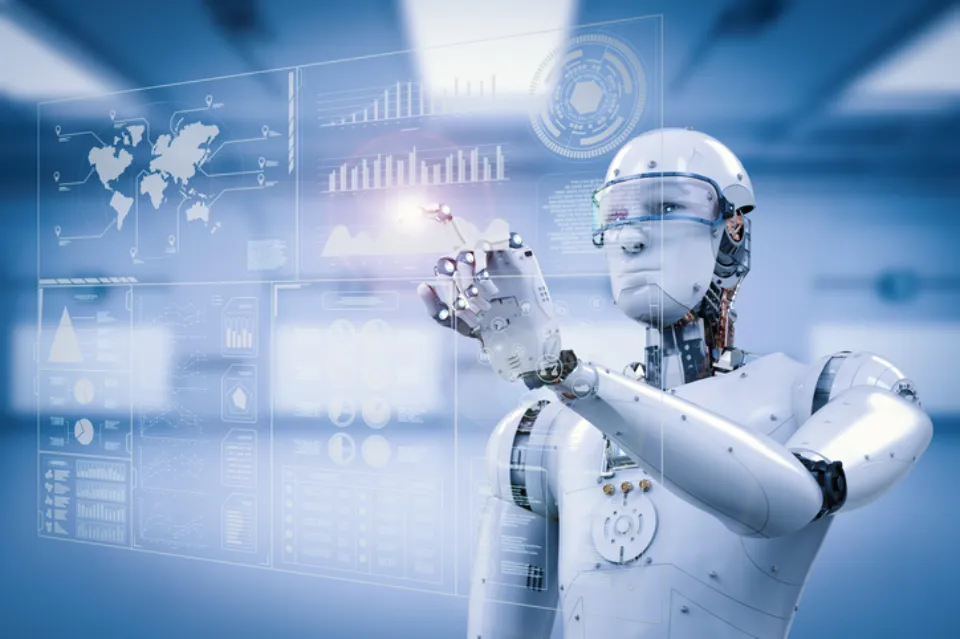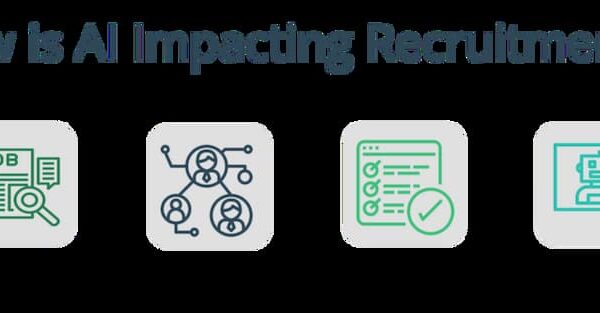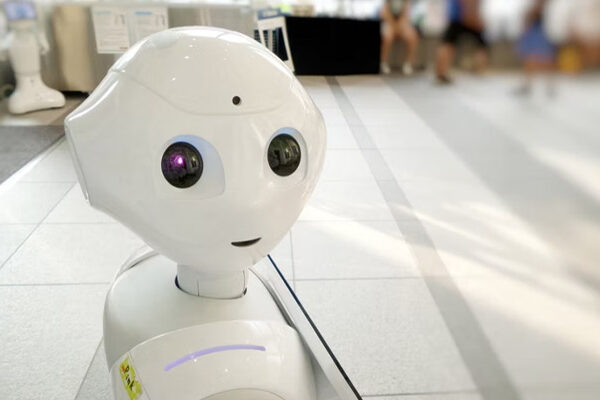Have you heard of autonomous artificial intelligence? It is defined as routines designed to allow robots, cars, planes and other devices to execute extended sequences of maneuvers without guidance from humans. Here is an extensive manual on autonomous AI.
Artificial intelligence (AI) technology has advanced to the point where numerous straightforward, coordinated tasks can now be successfully completed by using the available solutions.
The objective now is to expand this capability by creating algorithms that can think ahead and create a multi-step plan for completing more.
You can learn more if you continue to read!
Table of Contents
What is Autonomous Artificial Intelligence?
Artificial intelligence (AI) is a field of computer science that enhances collaboration between humans and machines. Highly analytical, responsive, and scalable tasks can be efficiently and automatically completed by AI. The next development in this field is autonomous artificial intelligence, in which a system acts autonomously to carry out a series of tasks in order to produce a desired result without further human involvement.
This article will examine how AI and autonomous AI function, their significance, and how we use this technology in our everyday lives.
Read More: CLIPS in Artificial Intelligence
What is the Impact of Autonomous Artificial Intelligence?
Autonomous artificial intelligence will increase the profits and benefits, that AI has already had an impact on numerous international industries.
Artificial intelligence (AI) has had a significant global impact on everything from helping shipping companies forecast arrival times to teaching scientists how to treat cancer more effectively or helping governments find criminals more quickly.
What Are the Important Parts of Autonomous AI?
It’s common to divide the job into these layers even though the field is still very young and researchers are constantly improving their algorithms and methods for solving the problem.
- Sensing — A collection of sensors, typically cameras, and frequently controlled lighting from lasers or other sources are needed to create a model of the dynamic world. The sensors typically also contain position data obtained from GPS or another independent system.
- Fusion — A single, coherent view of what is happening around the vehicle must be created using the information from the various sensors. It’s possible that some images will be obscured. They might not always be reliable, some might be failing. The details must be sorted out by the sensor fusion algorithms in order to create a trustworthy model that can be applied to planning at a later time.
- Perception — The model must be built before the system can start identifying crucial areas, such as any roads, paths, or moving objects.
- Planning — Studying the model and incorporating data from other sources, such as mapping software, weather forecasts, traffic sensors, and more, is necessary to determine the best course of action.
- Control — Any device must make sure that the motors and steering function to move along the path without being detoured by bumps or minor obstacles after selecting a path.
As decisions are made, information typically flows from the top layer of sensors down to the control layer. To improve sensing, planning, and perception, there are feedback loops that bring data from the lower layers back up to the top.
The systems also incorporate data from outside sources. One big advantage of autonomous systems appears when the devices communicate with each other, exchanging information in a process sometimes called “fleet learning.” The devices can make better decisions by using historical data from other devices that may have been in the same position earlier thanks to the ability to fuse the sensor readings. People may be standing still, making it challenging to detect moving objects like pedestrians with only a few seconds of video. However, when it is possible to compare the sensor data with images taken earlier in the day that are similar, the task becomes simpler.
What Are the Levels of Autonomous AI Vehicle Guidance?
Some AI researchers dissect the shift from human to machine guidance in order to make the progression to fully autonomous AIs guiding vehicles more understandable. This enables people to classify some of their tools and an ethical framework to develop. The frameworks are flexible; for instance, some divide their hierarchy into five layers and others into six. The lines between the levels are not clearly defined, and some algorithms may simultaneously display behavior from two or three levels.
The levels are the following:
- Level 0 — Except for a few possibly automatic systems like the heating or windshield wipers, all decisions are made by humans.
- Level 1 — It is possible for the human to begin giving the car control of either braking or lane following.
- Level 2 — The vehicle will handle a number of significant tasks, such as braking, acceleration, or lane following, but the driver must always be prepared to take over. Some systems might even mandate that the driver keep their hands on the wheel.
- Level 3 — The human may occasionally take a brief detour from the path, but they must always be prepared to respond to an alarm should one sound. The vehicle can manage control over clearly defined and mapped routes like freeways but not over unstudied or unmapped roads or paths.
- Level 4 — Although he or she may switch to other tasks, the human can always take over. The AI may need human intervention in some situations where the paths are not fully understood by the AI.
- Level 5 — The user has the option to relinquish all control and treat the service like a taxi.
Because the route may affect the AI’s success, the levels are not exact. A specific set of algorithms might provide nearly complete autonomy on well-defined paths, such as following freeway lanes with little traffic, but might fall short in peculiar or ambiguous circumstances.
How Are Startups Impacting Autonomous AI?
Some startups are developing comprehensive systems and vertically integrated transportation networks. For instance, Pony.ai is developing a sensor array that sits on top of current automobile models and transmits control signals to guide them. Versions of several car models from Lexus, Hyundai, and Lincoln have been produced by them. In Guangzhou, Beijing, Irvine, and Fremont, California, they also operate a Robotaxi service that sends autonomous cars to users who request them via a mobile app.
In a related module, Wayve is concentrating on bringing agile machine learning algorithms. They place emphasis on a system in which the car constantly enhances and adapts to the neighborhood while exchanging information with other vehicles in the fleet. They regularly test vehicles on London’s streets and are looking into building autonomous delivery fleets.
Argo is developing a platform that combines guidance software, hardware based on lidar sensors, and any mapping data required to operate fully autonomous vehicles. Their autonomous platform has been integrated with Volkswagen and Ford vehicles. As part of their collaboration with Walmart, they are also developing local delivery vehicles.
Numerous startups are tackling different aspects of the problem, from developing better sensors to better planning algorithms. An adaptive sensor system centered on lidar sensors is being developed by AEye and is called 4Sight. At the moment, they produce two products, M and A, which are designed for different applications, such as industrial and automotive.
You May Also Like:
FAQs
Is Autonomous the Same as Artificial Intelligence?
The foundational capability for autonomous systems is provided by AI technologies. While autonomy is enabled by AI, not all uses of AI are autonomous.
Are Autonomous Robots AI?
Robots are intelligent machines with the ability to operate partially or fully autonomously. They use artificial intelligence to improve their autonomy through self-learning.
What Are the 3 Types of Artificial Intelligence?
These three types are artificial narrow intelligence (ANI), artificial general intelligence (AGI), and artificial super intelligence.




